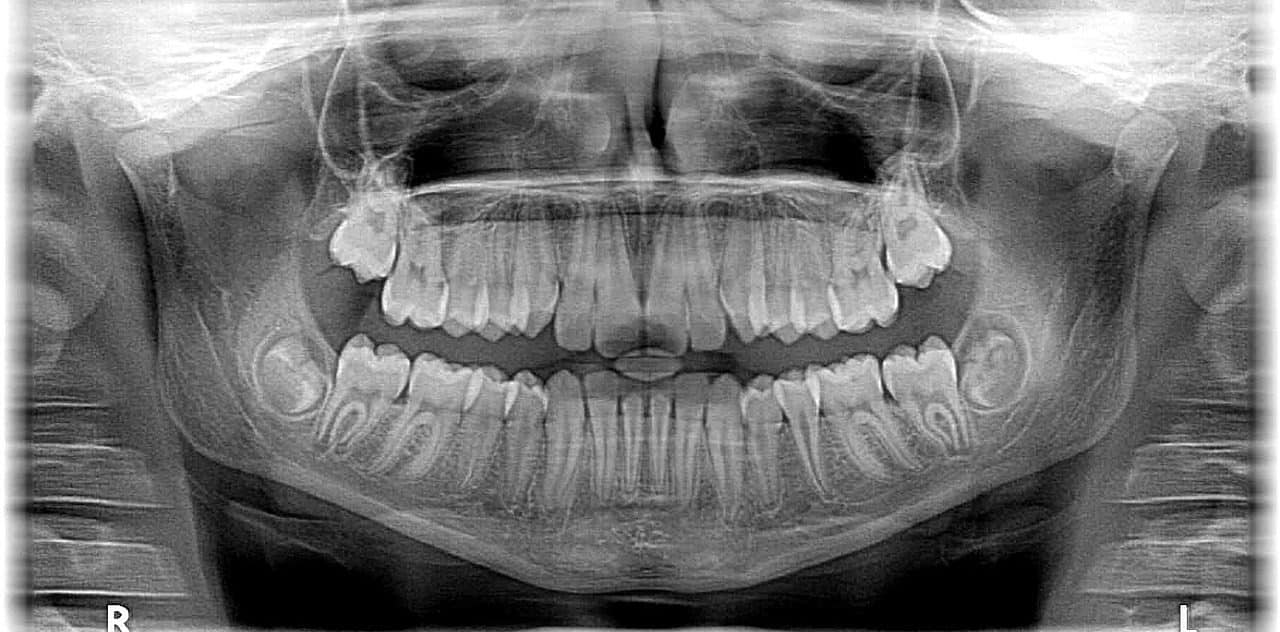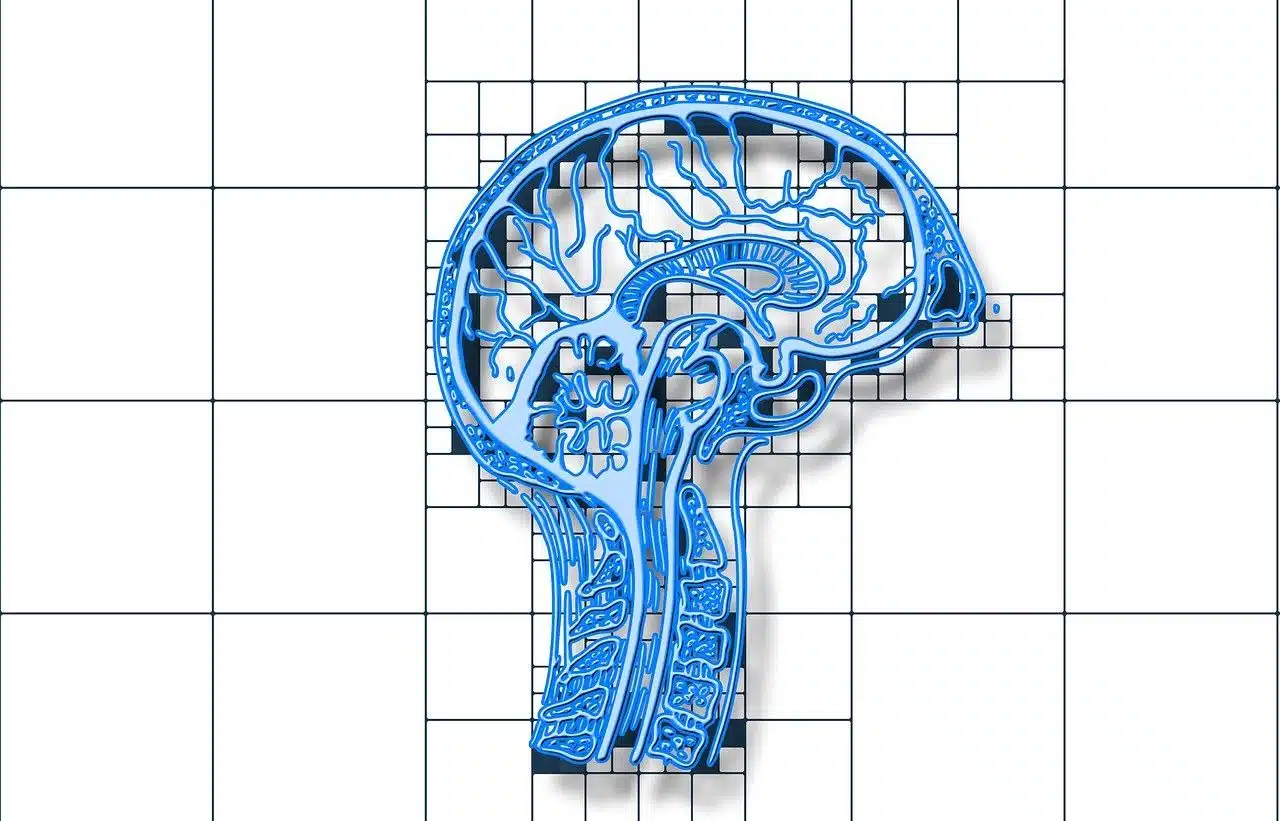
In dentistry, occlusion refers to how the teeth make contact when closing the mouth.
Occlusion is a term that has its origin in the Latin word occlusio and refers to the process and result of occluding . This verb , for its part, is used in the field of medicine to name the closure that occurs of a path or an open space through some type of obstruction .
Occlusion, therefore, is a condition that occurs when something that is usually open is blocked or closed. In the field of dentistry , occlusion refers to the way in which the teeth come into contact when the person has their mouth closed.
Types of occlusion
A frequent use of the concept is associated with the obstruction of a vein, an artery or a capillary . There are various types of occlusions, with more or less serious consequences for health . One type of occlusion is atheroma , which occurs in an artery due to the adhesion of certain kinds of particles to the walls of the blood vessel.
Occlusion can also appear when, in a human being whose sense of hearing functions normally, a blockage occurs in the ear canal . For psychology , on the other hand, occlusion is what is generated from a block in memory.
Another use of the word is in the field of meteorology . In this case, occlusion is the structure that is created when a low temperature front meets a warm front, which produces the elevation of the warm air that is located behind the warm front.

Occlusion can be a memory block.
A rendering technique
It is known by the name ambient occlusion and without an official translation into Spanish, although it could be called ambient occlusion , a rendering technique used in computer-generated graphics to calculate how exposed each point of a given scene is to lighting. ambient ( ambient lighting , a virtual light source with fixed intensity and color, affecting all objects equally).
The internal faces of a complex model usually have a greater occlusion, which is why they appear darker than the external ones (the greater the occlusion, the darker they will be). The ambient occlusion value is calculated differently depending on the type of scene: in natural landscapes, it is estimated what percentage of the sky each point can perceive; In indoor scenarios, only objects within a certain radius are taken into account, and the source of ambient light is the walls.
It is worth mentioning that the result of this technique resembles the appearance of a cloudy day; It generates diffuse lighting, opposite to directional lighting, and does not cast clear shadows, but is limited to darkening the areas less exposed to the supposed light source. Ambient occlusion is a global method, unlike Phong shading , for example, which means that the illumination of each point is related to another object in the scene.
In real-time applications , such as video games, a technique known as screen space ambient occlusion can be used, which uses pixel depth instead of geometry to generate the occlusion map. environmental. This method was developed by Vladimir Kajalin , a former Crytek employee, and offers the following advantages, among others:
- It doesn't depend on the complexity of the scene .
- It does not require prior information processing, loading times or memory allocation.
- Works with dynamic scenes.
- It does not require the CPU as it can run entirely on the GPU.
